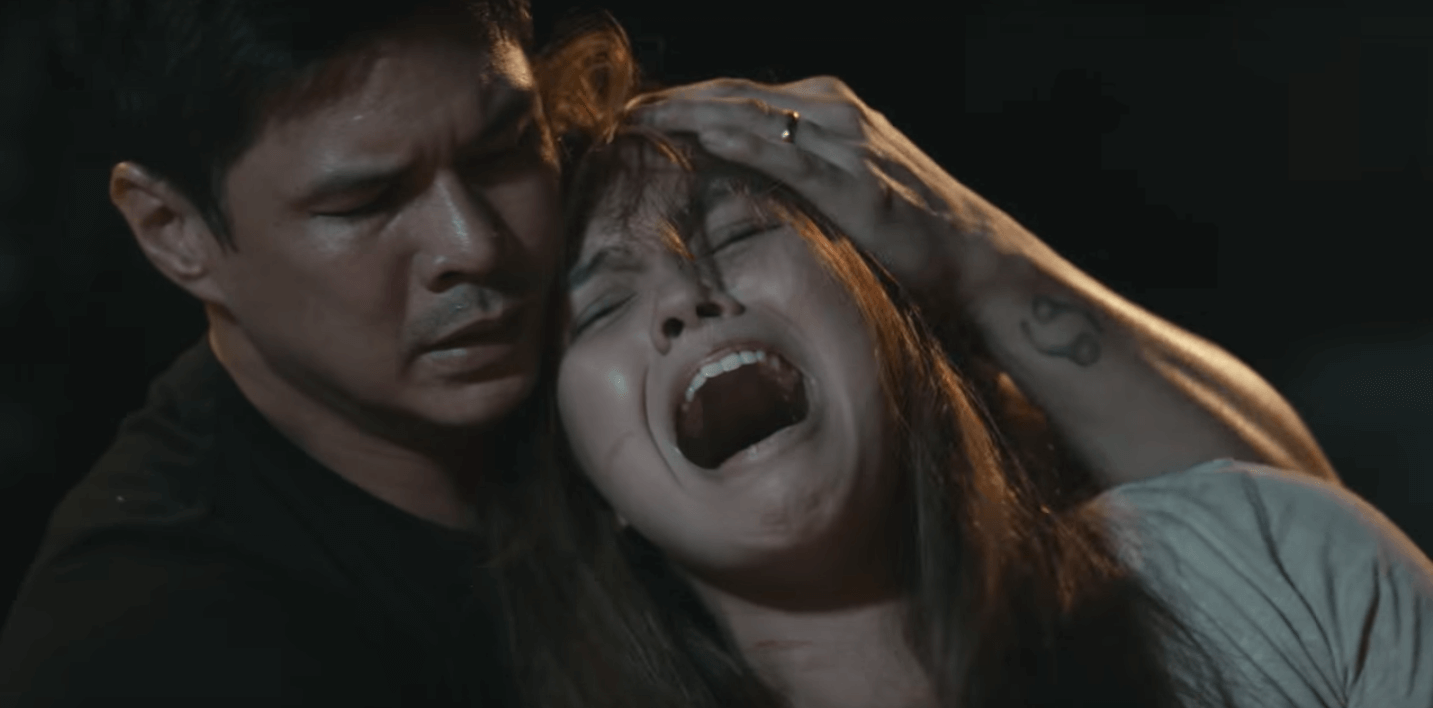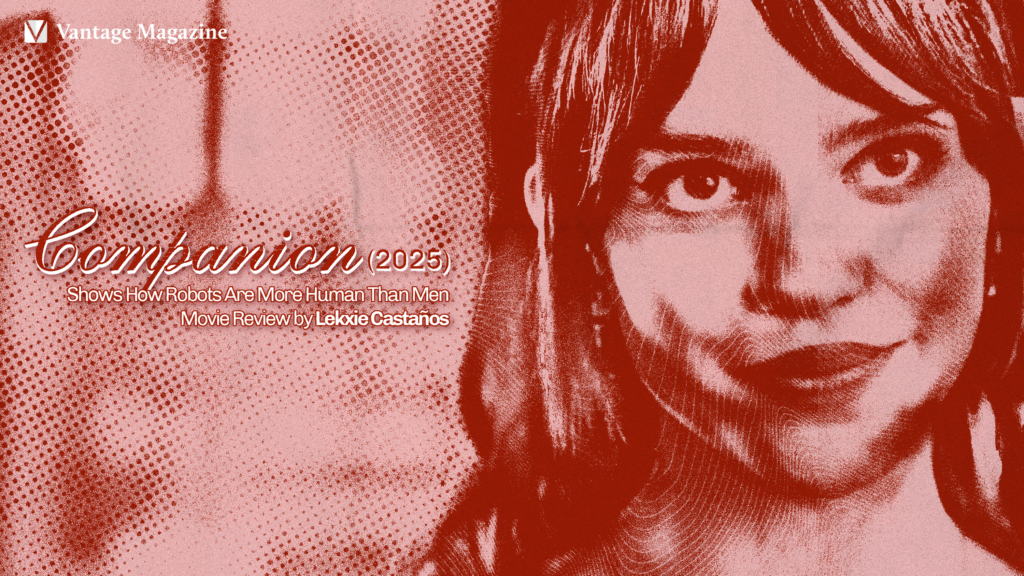Success is almost always guaranteed for Metro Manila Film Festival (MMFF) horror film entries. Last year, Erik Matti’s Seklusyon bagged a total of eight awards. Buy Now, Die Later, Randolf Longjas’ 2015 MMFF hit, won the Best Production Design award and placed second in Best Picture. This year, Ian Loreños’ Haunted Forest aims to join their ranks. The director has succeeded in raking in a commendable audience, but failed in producing a satisfying horror film. In fact, instead of leaving the cinema frightened from strategic scares, viewers walk out confused, disappointed, and discontented.
The film was able to sneak in a few good scares in its opening scenes. In the titular forest, a seemingly homeless man is seen frantically running in the dark. Later on, it’s revealed that he was running from the Sitsit, a monster that preys on young women, after witnessing it attack its latest victim. Aris (Raymart Santiago), a reassigned cop, and his estranged daughter Nica (Jane Oineza) move to the province to start anew, but instead they encounter the Sitsit’s bewitching powers. The story follows their journey of reconciliation as they end the monster’s reign of terror in an otherwise peaceful town.
Unfortunately, the film’s intriguing premise is overshadowed by its half-baked monster. Jeps Gallon’s screenplay falls short in explaining several important details in the Sitsit’s character. For instance, aside from mentioning that the Sitsit can sometimes take on a human form, barely anything is said about its origin story. How the Sitsit chooses its victims, infects, and leads them to the forest were not explained. With such rich and vast Filipino folklore at his disposal, Gallon surely could have written a suitable backstory for the main antagonist. These missing details about the Sitsit’s history drastically decreases the creature’s scare factor.
Even then, Haunted Forest would have disappointed. The film had a bad habit of stating things as fact without providing their viewers suitable reasoning. This is especially evident in the local-loony character, Mang Feleo (Dido de la Paz) who served as a quick and lazy band-aid fix to some of the story’s more obvious lapses. Simply gliding over important connections in lieu of unnecessary establishing shots resulted in a wonky pace. This made the feature feel rushed, yet dragging and incomplete at the same time.
It’s quite a feat for the actors to shine through despite the disorganized story and their one-dimensional characters. Aside from Nica, Mich (Maris Racal), RJ (Jameson Blake), and Andre (Jon Lucas) are the heroes of the narrative. The chemistry of the group is natural and it isn’t difficult to believe their on-screen friendship. There is barely any character development, but the actors made do with what they had and succeeded.
However, more work could have been done to improve the overall sound design. The film tried to make up for its lack of frightening scenes by using loud and grating sound effects that just annoyed the audience. The attempt to reduce background noise was even more amateurish–the noise was muffled and warped, but definitely not silenced in the least.
Haunted Forest also banked on CGI for scares, but flopped yet again. The effects were sloppy and made the supposedly ominous swarms of flies look comical and fake. Thankfully, the rest of the film’s editing is clean and simple. Intelligent cuts were used and consistent color grading tied it together.
The impressive set designs are worth the praise as well. Most of the scary scenes involved a lot of creative prop work with slithering vines and the imposing forest setting. This nudged the film to fulfil at least some aspect of its genre, making it a tad easier to watch.
All in all, Haunted Forest’s idea of bringing a new Filipino mythological creature to life is interesting to play with, but without solid screenplay, a cohesive story, and masterful direction, their monster remains a mere has-been that won’t be the subject of nightmares anytime soon.
Featured photo retrieved from geoffreview.com






